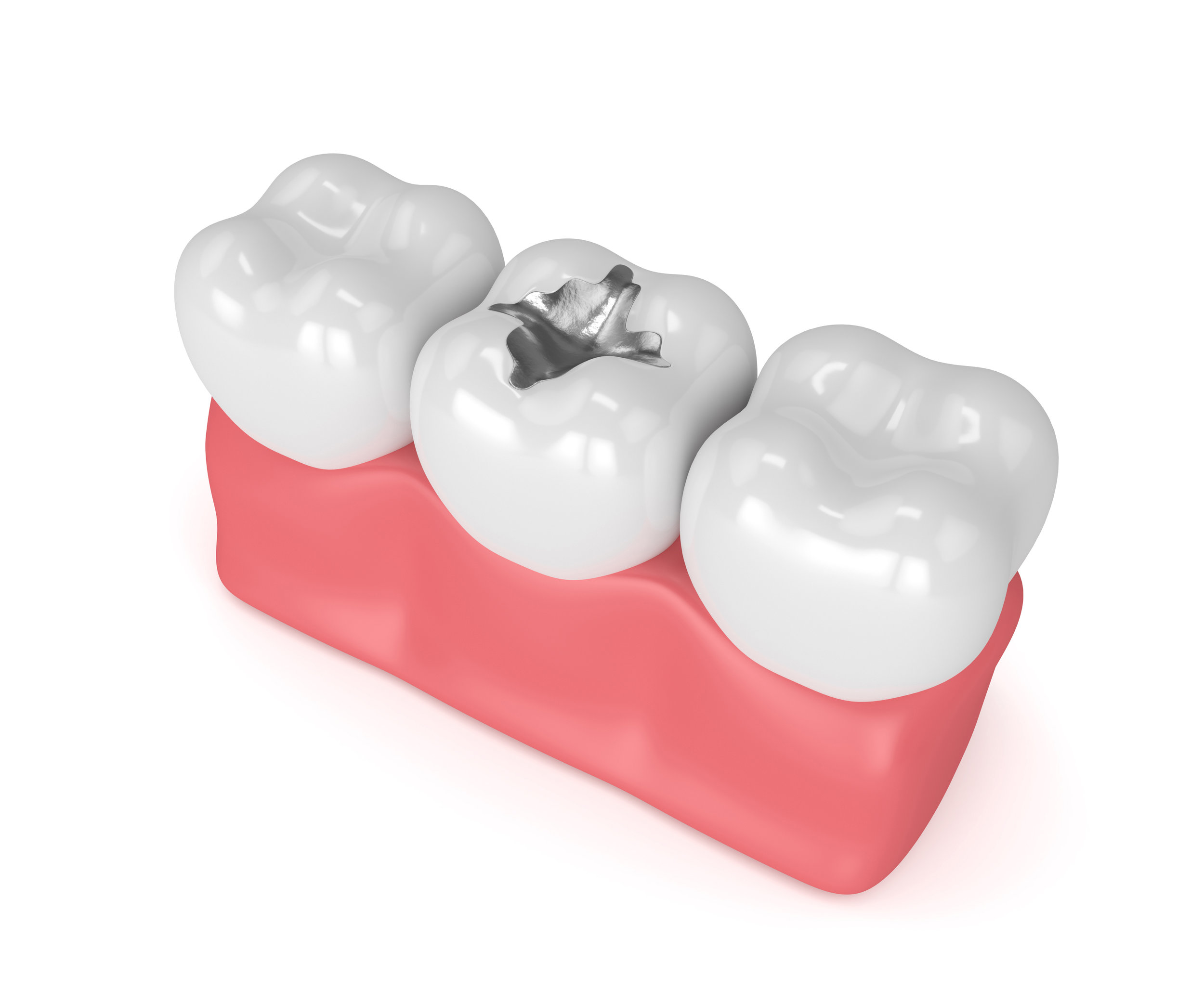RESTORATIVE DENTISTRY
We have a multitude of options to restore form, function and esthetics when cavities and/or fractures compromise your smile!
CROWNS
A dental crown is a type of “cap” that is used to restore a tooth to its original shape, size, and function. A crown helps to improve a tooth’s strength and appearance.
Dental crowns can be used in many situations, including:
To protect a weak tooth
To restore an already broken tooth
To cover and support a tooth with a large filling
To hold a bridge in place
To cover an implant
To cover misshapen teeth
To make a cosmetic modification
What to Expect During a Dental Crown Treatment
A crown is a great way to protect and restore a tooth’s function. Dr. Kumar and her team will work together to make sure your treatment is as pleasant and comfortable as possible.
Treatment is typically split up into two appointments. During the first appointment, your tooth will be examined and prepared. Filling material may be used to build up a tooth that has decay or damage, what we refer to as the core. Once defect and cavity free, the tooth receiving the crown will reshaped and reduced to make room for the crown. Lastly, we will take a putty impression of the tooth before being sent off to the lab for a custom crown to be made.
Your second visit is try-in day. After the much anticipated 1.5-2 week period has past for the dental lab to fabricate the crown, we will try-in the dental crown. We will check the fit with our tools and an x-ray. If all is good, we proceed to cementation, securing the tooth in place. Additional x-rays will be taken to assure proper cementation & fit once again.
Let’s not forget, there is still a tooth under there which is susceptible to decay & gum disease. Good home care and regular dental visits assure the stability and health of all your teeth.
FILLINGS
COMPOSITE FILLINGS
Composite fillings, also known as tooth-colored fillings, are used to restore decayed teeth. They are often made up of powdered glass and acrylic resin and can also be used in cosmetic dentistry to improve the shape of the teeth.
Many people choose composite fillings because they look more natural compared to amalgam or gold fillings, which can be easily noticeable in the mouth. These fillings can be closely matched to the color of your existing teeth, which makes them great choices for front teeth or visible parts of the teeth.
Composite fillings also have many other advantages, including:
They chemically bond to the tooth structure for further support.
They are durable and fracture-resistant.
Can be used to repair chipped, broken, or worn-down teeth.
Preparation often spares more of the tooth than amalgam fillings.
A COMPARISON: AMALGAM VS COMPOSITE FILLINGS
AMALGAM FILLINGS
Going old school! Amalgam is a combination of metals including silver, mercury, tin and copper, and small amounts of zinc, indium or palladium may also be used. Effectively used for 150 years, amalgam holds up exceptionally well , especially in posterior teeth that undergo a lot of pressure and wear from biting & chewing forces. These fillings can last far longer than composite/white restorations.
Though amalgam is now used far less, certain circumstances may warrant considering using amalgam fillings or “silver fillings”. They may not be as pretty as their esthetic tooth colored counterparts, but they may just be the right fit, especially in areas out of our esthetic zone that may be hard to isolate. Also, amalgam is less expensive than other dental materials.
Patients Often Ask, Is Amalgam Safe? The short answer is YES! To better understand the controversy surrounding the issue, here is why it’s been up for debate:
The controversy over amalgam centers on how much mercury is released and how much the body absorbs. In the past, amalgam fillings were thought to be inert. However, more sophisticated tests have changed this view. Very small amounts of mercury in the form of vapor can be released as the amalgam filling wears. However, because the concern with amalgam is directly related to the amount of exposure, those people that are already exposed to higher amounts of mercury may want to avoid amalgam fillings, whether it is through their job or consumption of large amounts of seafood.





